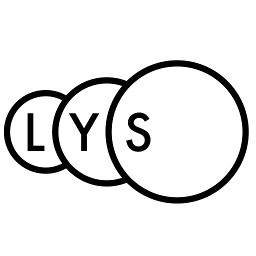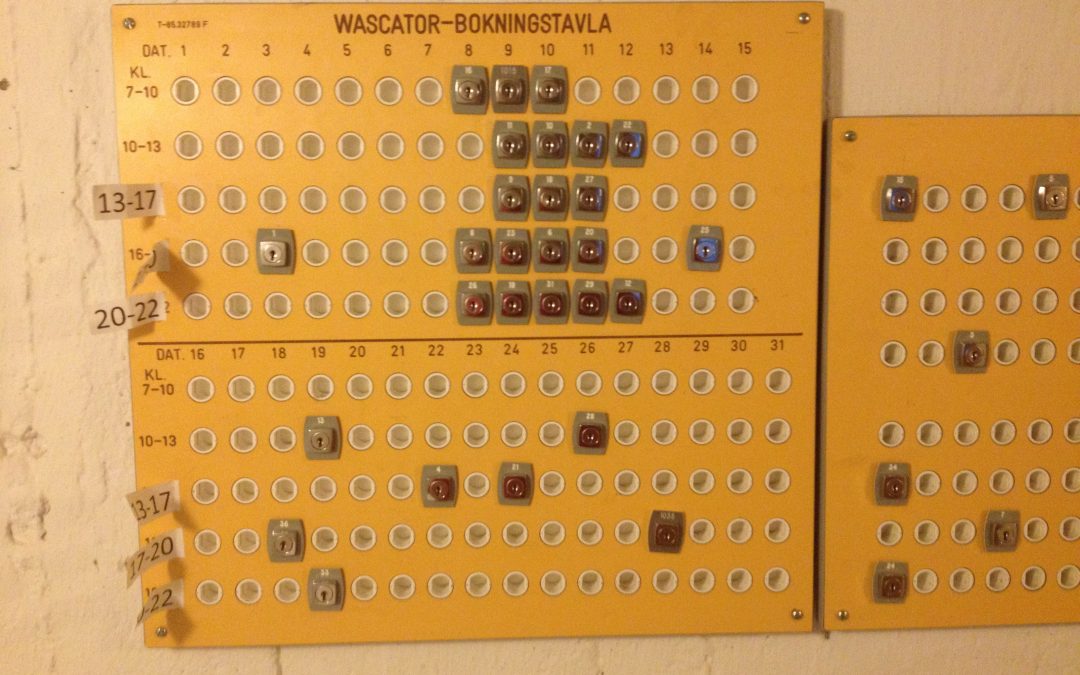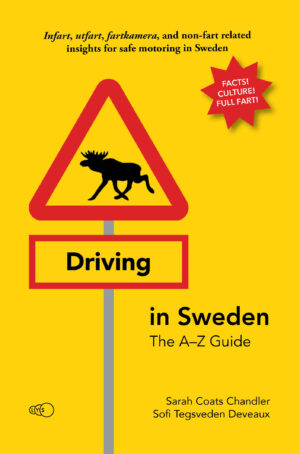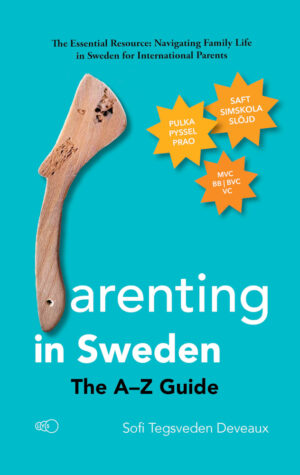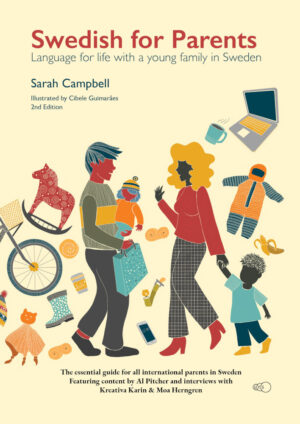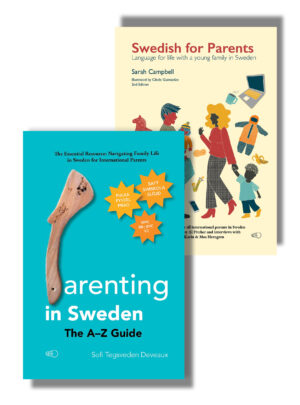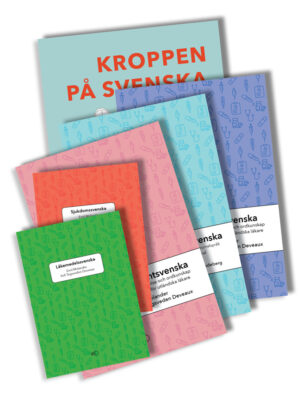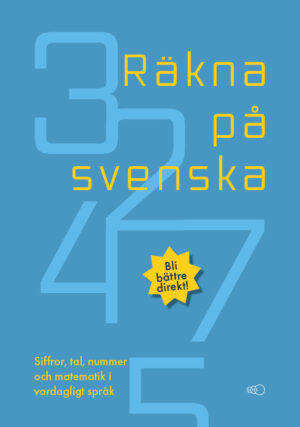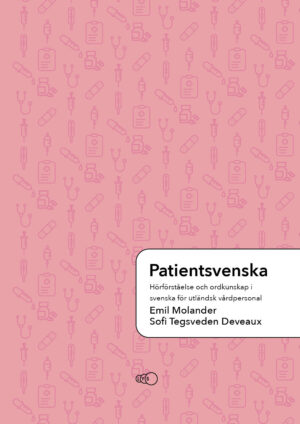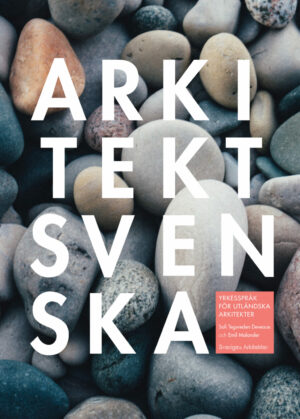It is late September and the Swedish business crowd is back to business after sealing all the important deals under the pretence of leisure and below birch branches in the summer gardens. You are back to business, too, doing your best to blend into the crowd of painfully fashionable Scandinavians. So, what to wear?
The one rule is that looking good in the Nordics means following the logic of either A) the climate, or B) the weather. Failing to do so will make you look out of the place, not only for your choice of clothing, but also as you will be displaying syndromes of discomfort – sweating, teeth chattering, skin blue from the cold, the smell of wet wool.
Plan A, cohering to the climate, requires little effort of the mind
You need to stick to three wardrobes; summer, winter and a combined spring-and-autumn one. Winter is defined as the three months of December, January and February. Here, your appropriate attire is determined according to your choice of materials. A safe choice is to go high-tech for the innermost and outermost layers and conservative (wool and cotton) for what is visible in your office. Good quality, colour-matching, accessories is a must. Think layers. Do not be afraid of removing some of these layers as you arrive to your destination. Swedes enjoy turning up the central heating to compensate the outdoors. Getting changed in the bathroom as you get into work is considered the norm, so are light shoes used only for the indoors in winter.
Summer is unquestionably June, July and August. This is your chance to make some statements, go a little off the track, and offer the world a glimpse of the result of your gym efforts. Nostalgia and romance are keywords here; linen, cotton, light and bright colours (matching, never more than three). Floaty stuff, flirting with the past, playing roles, themed picnics. White and grey is a safe combination. Leather bags and sandals. Something new and something old. It is forgiven if you go a little crazy here, high on the midnight sun.
The remaining months known as spring or summer are the seasons most likely to coher to continental business attire. Business dress code is in general more relaxed than in other countries, but this is a truth with modification. Admittedly, it is not so important what you wear, as how you wear it. People will pay attention to the fit (slim fit, guys!) and whether the brands of your choice reflect your demographical and social status.
The important rule to follow here, is that you completely ignore the actual weather.
Plan B, following the changes of the actual weather, requires more thought and preparation
It can also be a risky affair if you do not have all the necessary data. Comparing the weather forecasts from several apps and online sources on a regular basis is a half-time job to take seriously. If you are into retro stuff, a physical barometer in your home is not to be forgotten. The rules for seasonal logic still apply, with the difference that your decisions are not based not on the month in question, but according to the temperature. Always be prepared to change, and pack additional layers just in case.
When it goes wrong
Many locals struggle with making the decision whether to follow plan A or B, and end up trying to both. Especially during the transitioning seasons (like now), you might register symptoms of this. A flimsy summer dress combined with black ribbed wool tights. A beige linen blazer with a woollen beanie and scarf, and leather gloves. Full autumn attire balanced on a pair of pastel ballerinas.
Needless to say, this is not a path to take.
Summary and checklist
To conclude, if you are aiming at reaching the Nordic fashion standards for your stay in Sweden, you simply need to make up your mind between climate and weather, and you are set. For bonus points, please check the following list. If you score 7 points or above, you can count on being counted in:
- You fashion monochromes only. (This is trickier than it sounds. Anyone who has arrived to work with one black and one navy sock knows how difficult colour distinction can be during the darker months.)
- You make statements not with bright colours or patterns, but with pleats, folds, waffle knits and other textural qualities.
- Your patterns are worn ironically only.
- Your style of glasses equally based on an ironic understanding of trends.
- You own at least one unique piece of vintage something, to add some authenticity to your otherwise immaculate wardrobe.
- There is a pair of white Converse. Enough said.
- Your wardrobe includes either bold prints or stripes, but never both.
- You seriously believe that your choice of clothes communicate your very identity, what socio-economic group you belong to, and your individual values and ambitions. If your salary does not sustain this, you rely on sms-lån (text message loans, dodgy stuff). You still end up looking more or less like everyone else.
For an interview, dress up, and do so also for the first few days at your new job. Pay attention to what your colleagues wear, and do not be afraid to ask. Your co-workers will be flattered and willing to share their fashion secrets, and you might even be given the link to their blog on the topic.
Bonus Material: Swedish fashion vocabulary:
- Noppor (or noppror according to some) – Pilling or lint. Little balls of fibres on your clothes. Inversely correlated with high quality and natural fibres. Can be removed with a special machine.
- Klädvårdsrulle – a roll of special double-sided tape that you use to clean your clothes right before leaving the house. Especially useful in winter when the cold and dry air creates static electricity in your clothes.
- Termokjol – a short sleeping bag with two open ends that you wear on top of your dressy skirt and dress when temperatures go below the minus 20’s.
- Arg lapp – Passive aggressive written communication in your communal laundry room.
- Den här gamla trasan – A term to describe your newly purchased, for the first time self-consciously displayed item of clothing.
